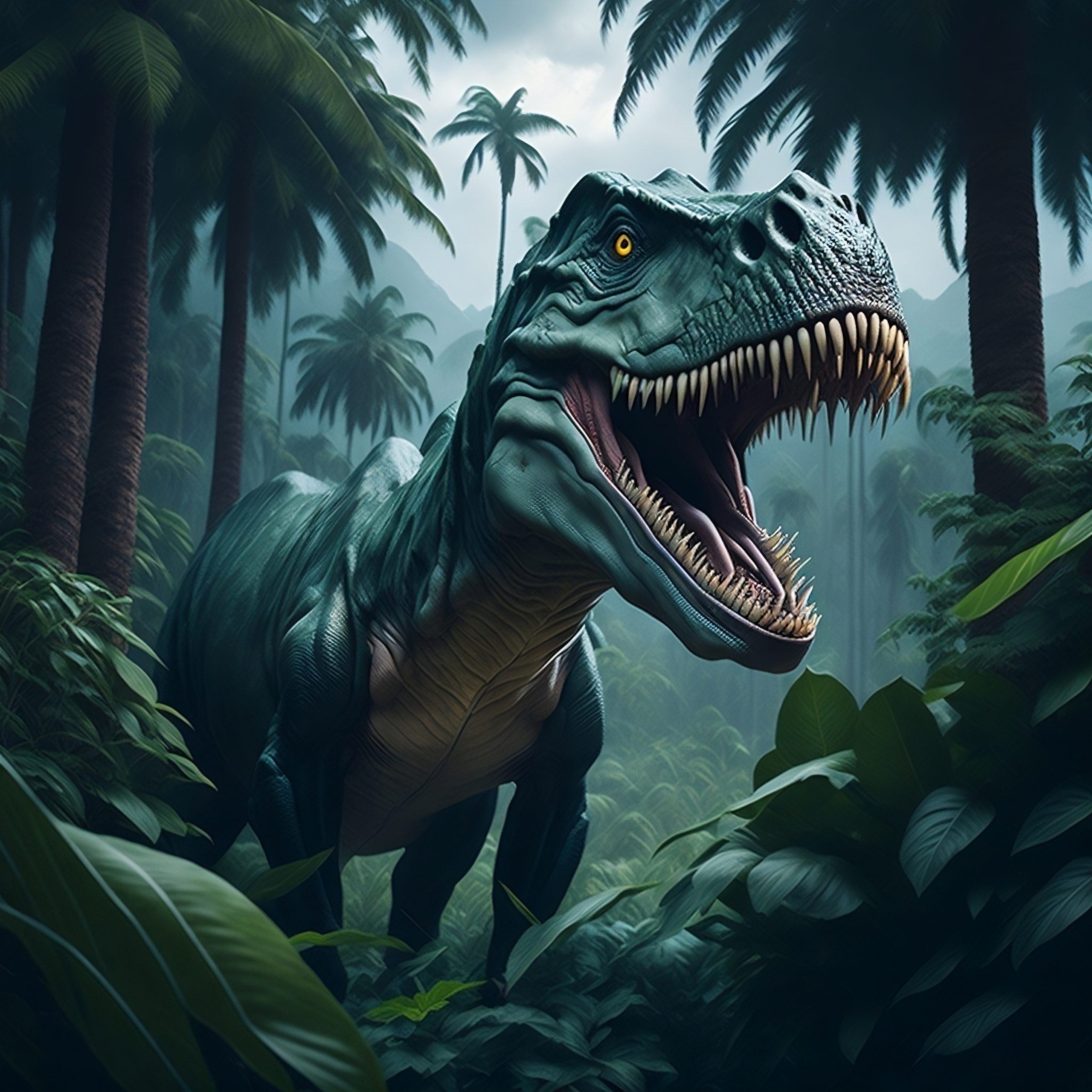Yes, you heard that right. Dinosaurs were on a diet too. And it’s not us saying it, but researchers from the University of Texas at Austin. A study conducted in recent years revealed that some dinosaurs, just like today’s animals, were selective eaters and that different species preferred different parts of plants.
So how can we possibly know what was on the plate of a dinosaur that lived 150 million years ago?
The answer is quite fascinating: in the calcium isotopes within their tooth enamel!
Calcium Isotopes: The Hidden Diet Journal Inside Fossils

🧪 Isotopes are the chemical signatures of living beings.
🦴 The calcium in teeth and bones reflects dietary history.
🔍 Scientists measure these differences to decipher the diet of dinosaurs.
In recent years, scientists have been uncovering incredible information not only by examining the shapes or sizes of fossils but also by analyzing their chemical composition. One of these key elements is calcium (Ca) and its isotopes.
Calcium isotopes, much like identification numbers that define a living being, also reflect that organism’s diet and ecological position. This is because the calcium in our skeletons and teeth comes from the food we eat.
During feeding, small differences arise between isotopes as our bodies absorb calcium a process scientifically known as “isotopic fractionation.” For example, animals tend to incorporate lighter calcium isotopes into their skeletons while leaving out the heavier ones. As a result, organisms at different levels of the food chain herbivores and carnivores end up with distinct calcium isotope values.
This difference is measured using a value called Ca⁴⁴/⁴⁰Ca. And this value works almost like a time machine for paleontologists helping them understand what each dinosaur was eating 150 million years ago.
The Stage of the Research: Carnegie Quarry

This fascinating study was conducted at the Carnegie Quarry, located in the Dinosaur National Monument area of Utah. The region is famous for its incredibly well-preserved fossils dating back to the Late Jurassic period, around 150 million years ago.

The researchers analyzed calcium isotopes from the teeth of five different dinosaur species found in this area.
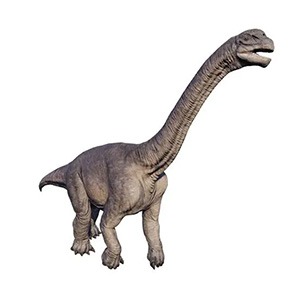
Camarasaurus
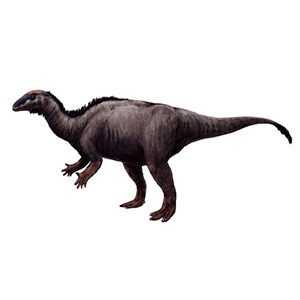
Camptosaurus
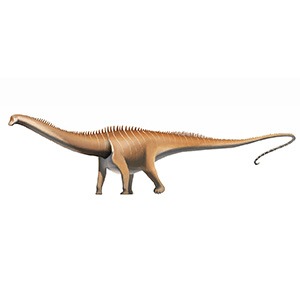
Diplodocus
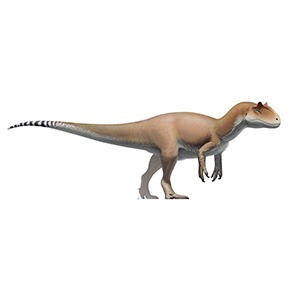
Allosaurus
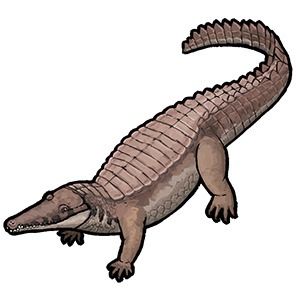
Eutretauranosuchus
Since the bones and teeth of all these dinosaurs came from the same region the same ecosystem it was possible to perform a comparative analysis.
So Why Tooth Enamel?
Many people might wonder, “Why do they look at teeth instead of bones?”
The answer is quite logical: fossils undergo chemical changes over millions of years, a process called diagenesis. In other words, bones buried underground gradually interact with surrounding minerals and may alter their composition. However, tooth enamel is much denser and less porous than bone. Therefore, the best-preserved biological isotope signal is found in tooth enamel.
In other words, tooth enamel whispers to us the real dietary habits of the dinosaur during its lifetime.
Dietary Preferences of Dinosaurs

The results of the study were quite surprising. Although all these massive creatures were plant-eaters, they didn’t all prefer the same types of plants.

Camptosaurus turned out to be something of a “gourmet” dinosaur. It preferred softer, more nutritious plants leaves and buds.

Camarasaurus, on the other hand, preferred more woody plants and coniferous trees.

Diplodocus was somewhere in between; a “mixed feeder” that ate both soft ferns and tougher plants.
In other words, even herbivorous dinosaurs had very different “diet plans” from one another!
These differences were not just a matter of taste but were also related to body structure and neck length. Long-necked species could reach high branches, while shorter ones had to make do with plants close to the ground. Researchers even suggest that the shape of their snouts might have influenced the types of plants they chose.
What About the Carnivores?

Carnivorous dinosaurs were also examined. The study found that the calcium isotope values of Allosaurus and Eutretauranosuchus were quite similar, indicating that they occasionally consumed similar types of food.
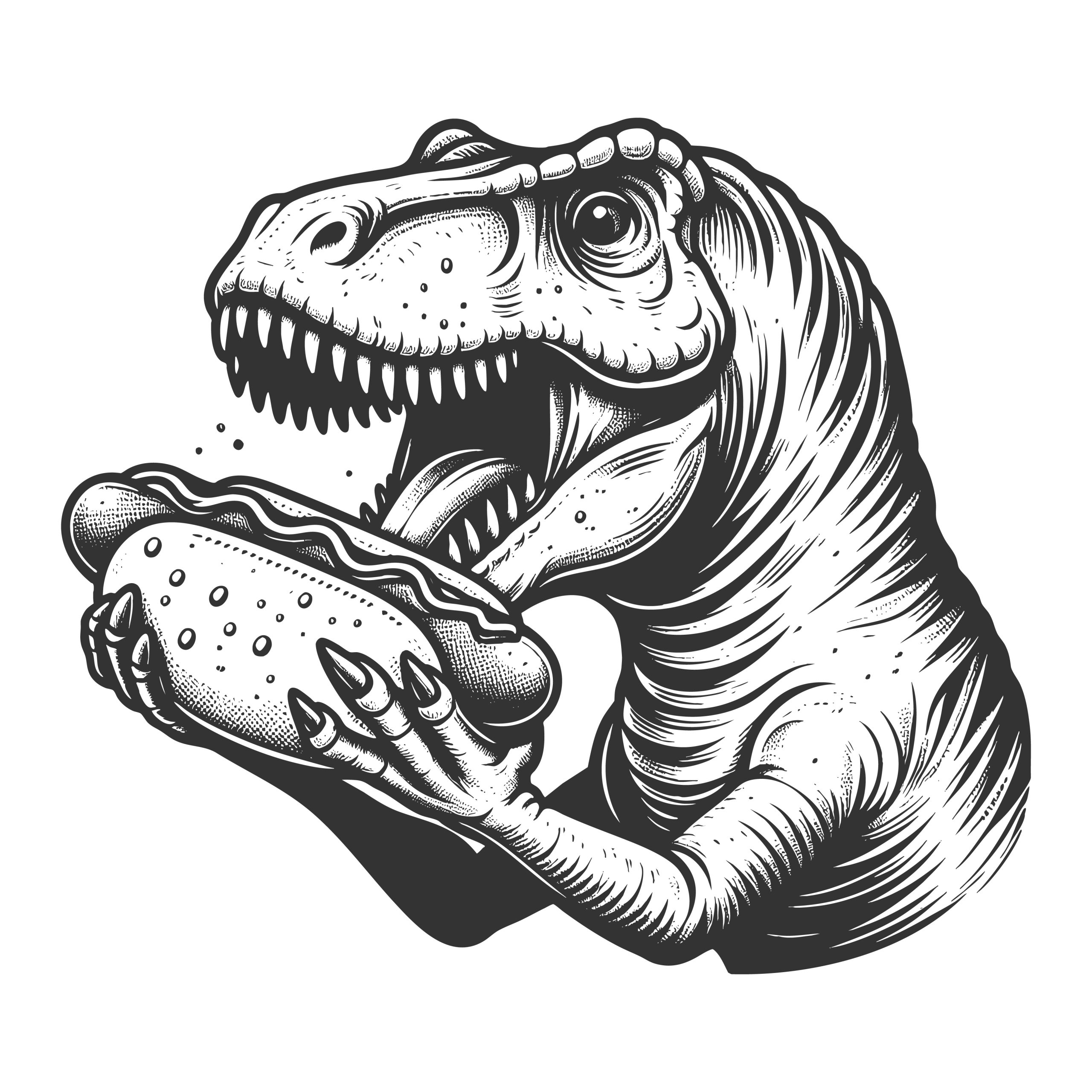
However, when looking closer, differences begin to emerge:
- Allosaurus was most likely hunting the herbivorous dinosaurs living in the area.
- Eutretauranosuchus, on the other hand, may have fed mainly on aquatic creatures such as fish.
So even though both species were carnivores, their feeding ecologies were quite different from each other.
Why Is This Important?

This research not only revealed what dinosaurs ate but also provided important clues about how ancient ecosystems functioned.
The ecosystems in which dinosaurs lived during the Late Jurassic period were quite different from today’s terrestrial systems. In particular, the diversity of the giant herbivores known as sauropods made it difficult to understand how resource sharing took place.
This is where calcium isotopes came into play:
- The isotopic differences between species revealed which dinosaurs fed on which types of plants.
- At the same time, they revealed the food chain relationships within the ecosystem in other words, who was eating whom.
This opened up an entirely new window for understanding the ecological relationships between creatures that lived millions of years ago.
Whispers from 150 Million Years Ago

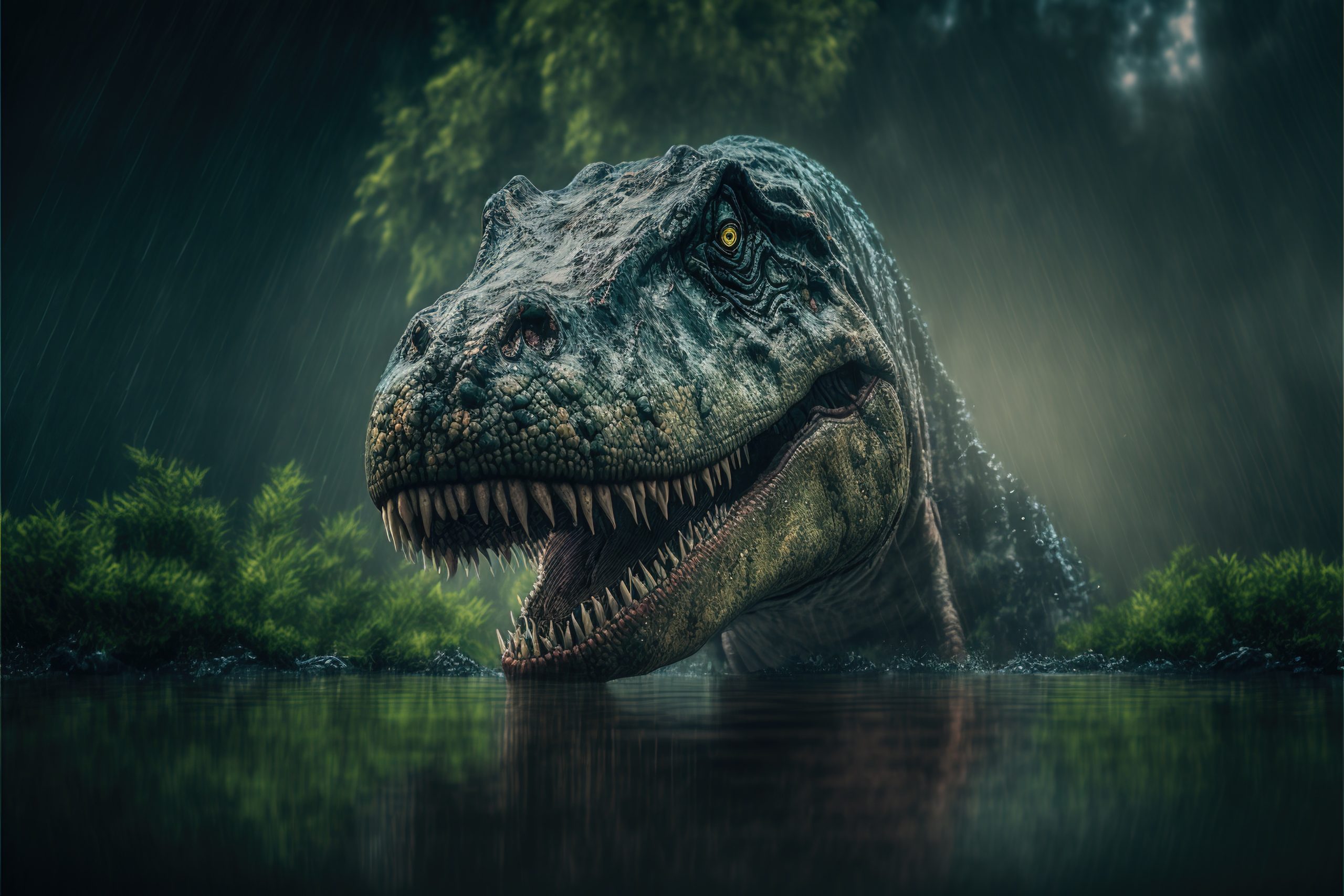
In short, the calcium isotopes hidden within the bones and teeth of dinosaurs tell us a story from 150 million years ago. In this story, some dinosaurs chase after leaves high up in the trees, others make do with the grass on the ground, and some hunt fish along the lake shores.
These discoveries not only help us understand the past but also allow us to better interpret the ecological behaviors of animals living today.
Who would have thought that the calcium in the teeth of massive creatures that lived millions of years ago would one day tell us what they ate?
Yes, it seems that even dinosaurs had their own “diet plans.” 🦖🥦

Helin
Author

